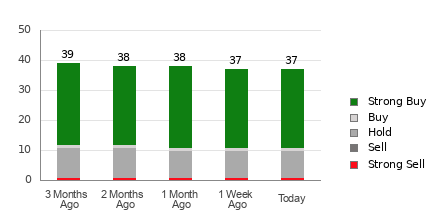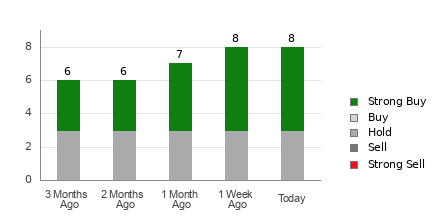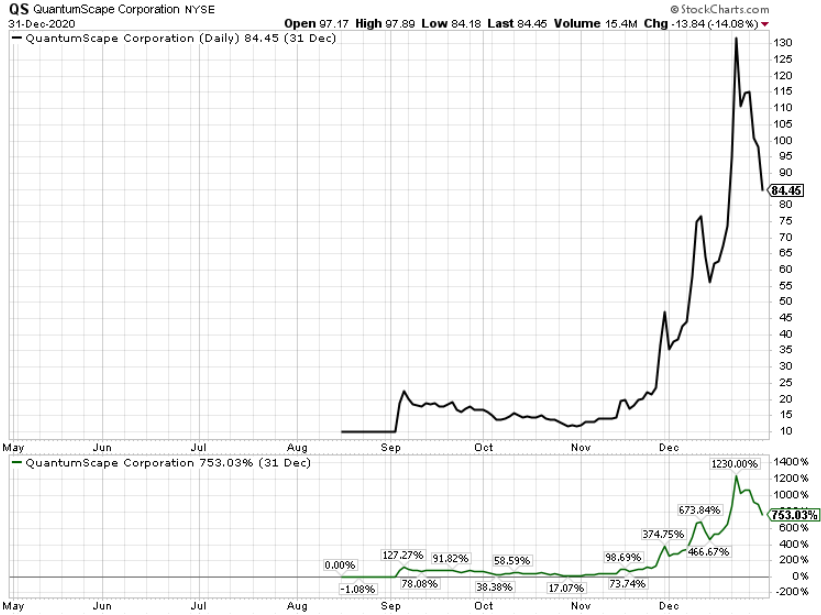Wall Street Declines Amid Escalating U.S.-China Tariff Tensions
On Thursday, Wall Street ended significantly lower, reversing the substantial gains from the previous day. Investor sentiment was dampened as trade tensions between the United States and China intensified, leading all three major indexes to close in negative territory.
Index Performance Overview
The Dow Jones Industrial Average (DJI) decreased by 2.5%, losing 1,014.79 points for a closing value of 39,593.66. Twenty-four of the 30 stocks in the index fell, while six gained.
The Nasdaq Composite plummeted 737.66 points, a decline of 4.3%, resulting in a final value of 16,387.31.
The S&P 500 fell by 188.85 points, or 3.5%, to finish at 5,268.05. Of the 11 sectors in the index, ten closed lower with only one remaining flat. Notable sector declines included the Energy Select Sector SPDR (XLE) down 6.5%, Technology Select Sector SPDR (XLK) down 4.7%, Consumer Discretionary Select Sector SPDR (XLY) down 3.9%, and Communication Services Select Sector SPDR (XLC) down 3.5%.
The CBOE Volatility Index (VIX), often referred to as the market’s fear gauge, rose by 21.1% to reach 40.72. Trading volume was robust, with 23.65 billion shares exchanged, significantly above the average of 18.50 billion shares over the past 20 sessions. On the NYSE, decliners outnumbered advancers by a ratio of 4.81-to-1, while the Nasdaq recorded a ratio of 4.14-to-1.
Market Uncertainty Persisting
After achieving significant gains on Wednesday, fueled by a temporary tariff delay on various countries announced by the Trump administration, Thursday’s market retreat echoed a familiar trend. The major indexes surrendered a substantial portion of Wednesday’s benefits.
Concerns over the escalating trade conflict between Washington and Beijing returned to the forefront, overshadowing the earlier optimism from the tariff reprieves and positive economic indicators. The uncertainty regarding the direction of these trade policies continues to weigh heavily on market sentiment, with the U.S.-China trade tensions considered particularly damaging to global economies. President Trump’s recent decision to increase tariffs on Chinese goods to 145% contrasts sharply with his references to his personal rapport with President Xi Jinping, leaving investors uneasy.
Consequently, major tech stocks faced notable declines; Amazon.com, Inc. (AMZN) dropped 5.2%, while Meta Platforms, Inc. (META) fell 6.7%. Both companies currently hold a Zacks Rank #3 (Hold).
Decline in Oil Prices
Oil prices plummeted on Thursday as market participants anticipated an escalation in tariffs between the U.S. and China. West Texas Intermediate (WTI) crude oil decreased by $2.28, or 3.7%, to settle at $60.07 per barrel. Brent crude similarly fell by $2.15, or 3.3%, to $63.33 per barrel.
Economic Reports
The Department of Labor reported a rise in initial claims for unemployment insurance, increasing by 4,000 to a total of 223,000 for the week ending April 5, compared to an unrevised level of 219,000 from the previous week. The four-week moving average remained unchanged at 223,000.
Continuing claims decreased by 43,000 to 1,850,000 for the week ending March 29, with prior levels being adjusted down from 1,903,000 to 1,893,000. The four-week moving average also fell slightly to 1,867,750, decreasing by 250 from the previous week.
According to the U.S. Bureau of Labor Statistics, the Consumer Price Index (“CPI”) fell by 0.1% in March, while February’s figure was unchanged at 0.2%. The Core CPI edged up by 0.1% in March, remaining consistent with the February adjustment.
Industry Updates
Zacks has identified a top semiconductor stock expected to experience growth driven by rising demand for technologies such as Artificial Intelligence and Machine Learning. With a projected rise in the global semiconductor market from $452 billion in 2021 to $803 billion by 2028, investment opportunities abound.
This article originally published on Zacks Investment Research (zacks.com).
The views and opinions expressed herein are the views and opinions of the author and do not necessarily reflect those of Nasdaq, Inc.









